Exhibitions
Space for Community Art: Or Peter: Persona, Between Screen and Mask
The exhibition presents some of the personas assumed by Peter. They are offered for viewers to choose, as masks that will either hide them or set them free. We do not have to choose one mask only. We may change masks and metamorphose whenever we want, whether through a physical or a virtual mask.
Space for Community Art: Maja Gratzfeld: Manual Labor
Maja Gratzfeld came from Germany to Israel as part of a student exchange program with the Bezalel Academy of Arts and Design. In Jerusalem she met her partner, and together they decided to start a family in Haifa. During the COVID-19 period, Gratzfeld found herself with a newborn baby, in a new country, struggling to get by in a foreign language. With movement restricted to a 500-meter radius of her home under the lockdown regulations, in a nearby park she met a few elderly women, nannies aged fifty to seventy who make their livings taking care of other people's children, and they became her community. It was no coincidence that Gratzfeld met them in a public park in Haifa's Carmel area, whose population is typically of a high socio-economic ranking that can afford such service.
Curator: Yifat Ashkenazi
Vital Signs: Pulse and Breathing Rhythm in Contemporary Art
Oded Hirsch's works are based on detailed scripts for absurd situations. He invents challenges and problems that need to be solved, providing a complete scenario for their solution. The solution is usually just as far-fetched as the challenge, and the works leave the viewer wondering about the very necessity of these actions: Why is it necessary to pull out a tractor buried in the ground, lift it upwards, and introduce it into the museum?
The pulse and breathing rates are among the vital signs by which physicians determine whether a person is healthy, sick, or dead. The vital signs are directly affected by one's emotional state: they change in moments of calm or excitement, fear or infatuation. The exhibition features some of the real products of these vital signs in works of art from the past twenty years. Lines, lights, and sounds are generated as the work of art is adapted to the heartbeats and the cycle of inhalation-exhalation, which determine the structure of the work. This rhythm—whether calm and regular, fast and fidgety, or completely still—may guide one into the depths of consciousness. Alternatively, it can make us conscious of those who are bleeding or those who have been deprived of air to breathe.
Chen Cohen: Instruments and Gestures
Over the past year, Chen Cohen photographed her medical routine in various clinics and at the Bnei Zion Medical Center in Haifa. She focused on the medical instruments and her encounters with the medical staff—meetings intended to treat the body, which were full of tenderness and compassion, healing the soul, too. She did not document the treatments from a seemingly objective position, or one that emphasizes the difficulty of being the object of a medical examination, but rather performed for the camera. She came to the check-ups as a healing shaman, always dressed in the same long black dress, which is contrasted with the white space. The camera she installed in the clinic transformed the event into an artistic act addressing beauty and love.
Space for Community Art: Shahar Sivan and Roee Cohen; Tamar Nissim
The works presented in these two exhibitions are the result of activities carried out over the past year by three artists of the "Space for Community Art." This program at the Haifa Museums encourages artistic practice that is attentive to the place and the local community, initiating processes in the city's neighborhoods, which reinforce art's social power and increase the public need for art. As part of this program, artists based in the greater Haifa area, selected by a professional committee, receive close curatorial support as well as conceptual and practical training for artistic action in the community. Community members participating in the project play a substantial part in the artistic process.
Noga Yudkovik-Etzioni: Equilibrium
Noga Etzioni Yudkovik engages in sculpture and drawing. Her studio functions as a factory, where she works with woodworking machines, lathes, and various tools, in materials such as oak-tag, cork, and rubber—cheap materials that instill an ascetic feel. In a laborious process, she concocts, takes apart, and reassembles from these diverse materials objects that seem to have been made of wood. Ostensibly heaped at random, these objects are the result of careful planning, during which the artist examines the interrelations between the sculpted parts, and between the sculptures and the space, in a practice that combines sculpture and architecture.The works are distinguished by a perception of interpersonal dialogue as an artistic quality. Domestic kitchens, public institutions, the threshold to the street—all of these function as scenes of action and studio spaces where the works are created. Presence is the main creative material and the foremost value in this artistic genre, which pushes aside art that aims for visibility in favor of art that seeks to be experienced while taking shape.
Body Language
Family activity space
Our body works all the time, even at night, when we sleep: the heart beats and pumps blood to all parts of the body, the lungs fill with air and empty, and there are many other systems in the body that work nonstop so that we feel well. These actions produce heat, which is known as "body heat."
Panels painted in shades of red and blue hang along the wall. They were painted with a special paint sensitive to heat, which disappears in contact with the skin. Try touching the panels and see how your body heat affects the paint.
Gil Bar- Downtown Haifa
The clusters of abandoned-sealed and ruined buildings are like monuments in the urban landscape - reminders of historical turning points in Haifa's narrative. The city is a collection of buildings with a story, a puzzle of textures that allow for a complex reading of its history and the forces that shaped its unique form. The book and the exhibition Lower Haifa trace a complex urban portrait at a specific point in time. This collection of photographs raises questions regarding the city, its history, its politics, and its future. The layer revealed to us in the photographs will also eventually come to be covered by another layer and will be transformed over the years.
Time Tunnel - Japan and the Jews
The exhibition "Time Tunnel - Japan and the Jews" marks 70 years of diplomatic relations between Japan and Israel. The exhibition focuses on the meeting point between Japan and the Jews through works of art by Japanese artists that relate to the Jewish narrative of rescue and extermination. The rescue story is based on the humane gesture of the Japanese Vice-Consul in Kaunas, Lithuania, Chiune Sugihara, who, in the summer of 1940, issued over two thousand visas to Japan. In this way, Sugihara saved more than six thousand Jews. Alongside the video installation by SHIMURAbros, rare photographs from 1941 of the Tampei Photography Group are displayed, including photographs of the refugees who came to Japan.
Storm and Stress: Early 20th Century German Prints
The exhibition focuses primarily on early 20th century prints by German artists, all from the museum's collection. Its title was borrowed from the Sturm und Drang movement - a literary movement in 18th-century Germany, emphasizing expression of the individual's deepest and most intense feelings on the assumption that the human psyche is dominated not by reason but by raw, stormy, and unexpected emotion.

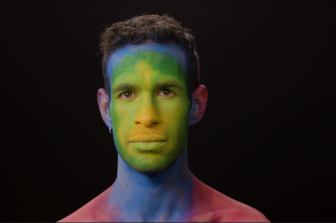

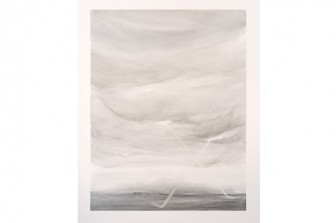

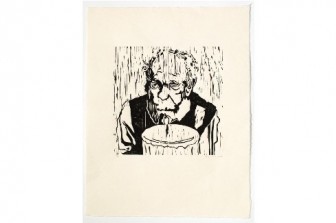
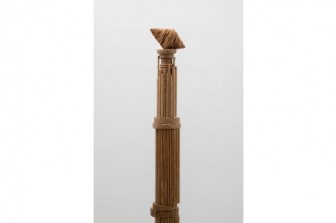

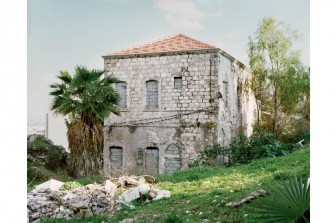
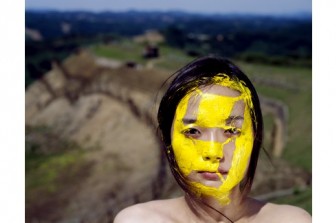
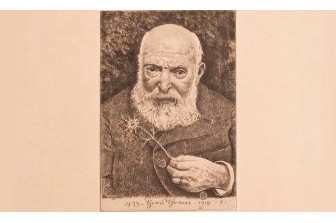
Please contact us and we will contact you as soon as possible